
I'm listening to Bach's The Art of Fugue, performed by the Emerson String Quartet. In the past I did not like this piece. It had made me feel on edge. Music can do that. But I had felt uncomfortably on edge. Today I am enjoying the way this piece grabs me. I feel connected to it as though after many attempts to understand a math problem, a masterful teacher has just shown me a new method, a new perspective, a way to solve the problem.
Before yesterday I had never heard this piece performed on anything but a keyboard (pipe organ and harpsichord, mainly). To hear the layers of score intertwining in and around each other when defined by violins, viola and cello is clarifying. I read an article once in which Bach was described as "The Architect of Sound." Hearing The Art of Fugue architecturally "deconstucted" by the string quartet makes sense to not only my ear, but my guts.
Musicologists believe that the nature of the scoring may suggest the piece wasn't meant to be played, but rather studied.
The Art of Fugue is a perfect demonstration of the balancing organization, rationality, and building that Bach musically mastered. This is the basis of Contrapunctus. This form is an integral part of Bach's fugue. "Contrapuctus," or counterpoint, was defined by Titus in 1477 as "… a moderate and reasonable concord which arises when one tone is placed opposite another, from which also the term contrapunctus, that is 'note against note', can be derived. Counterpoint is therefore a combination of tones. If this combination or mixture sounds sweetly to the ears, it is called consonance; if, on the other hand, it sounds harsh and unpleasant, it is called dissonance…" This piece is full of these point-counterpoint "balances."
I highly recommend giving Bach's architecture a listen.









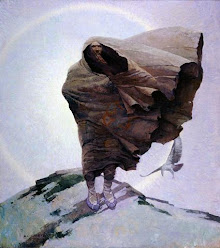














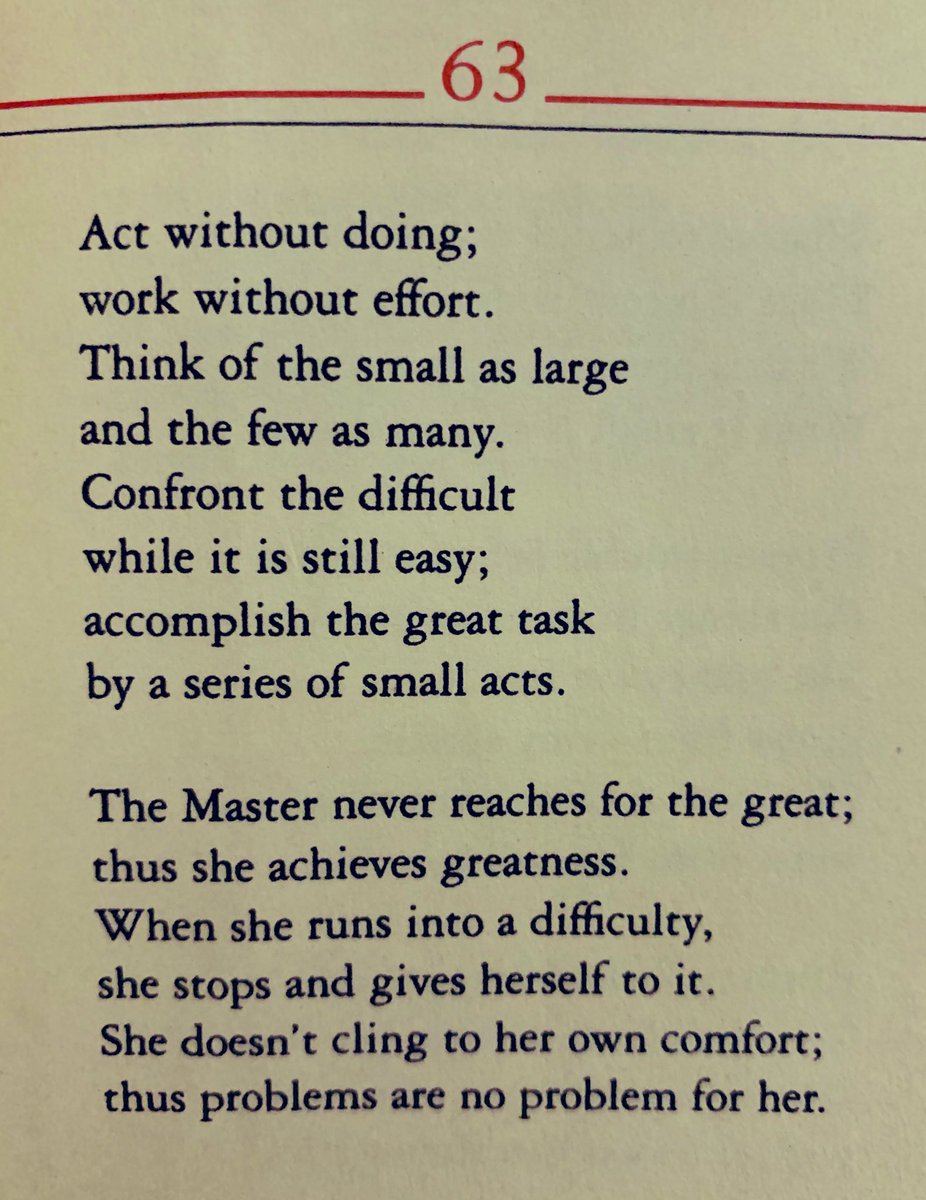









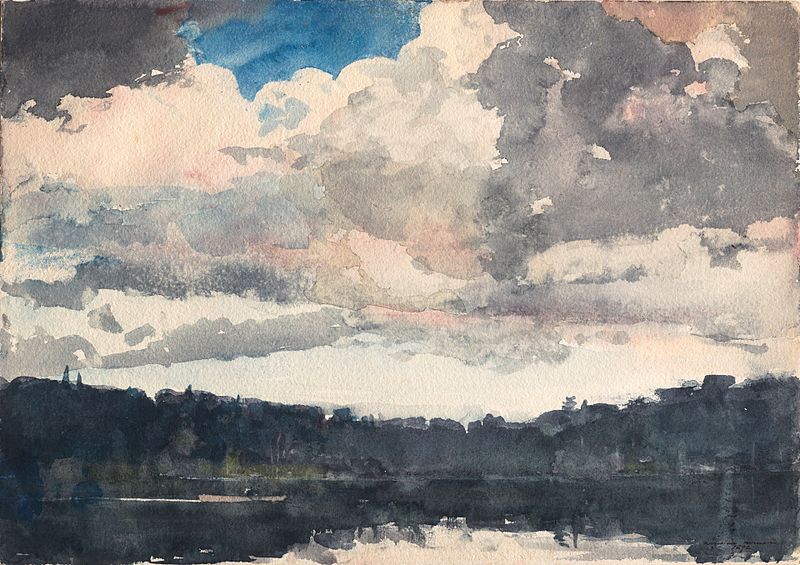





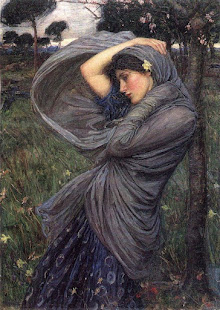














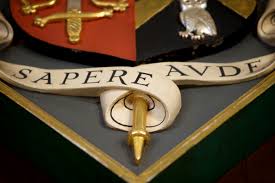









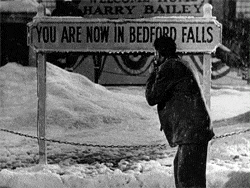







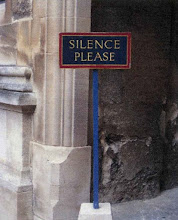









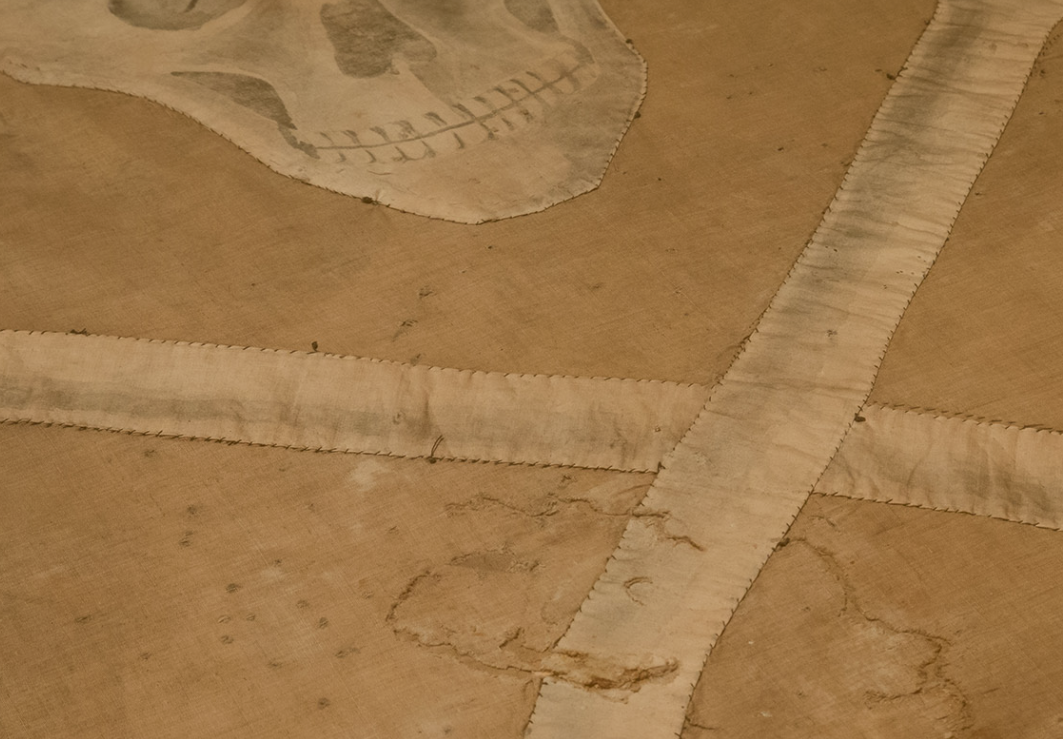

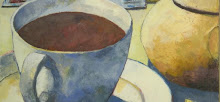
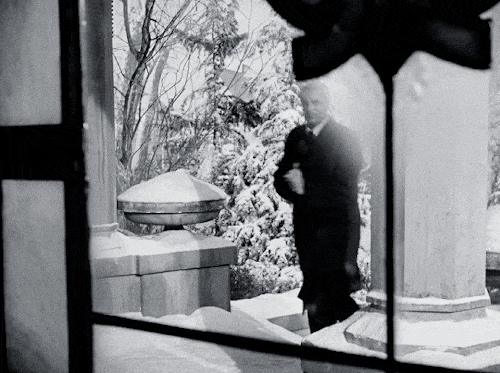


















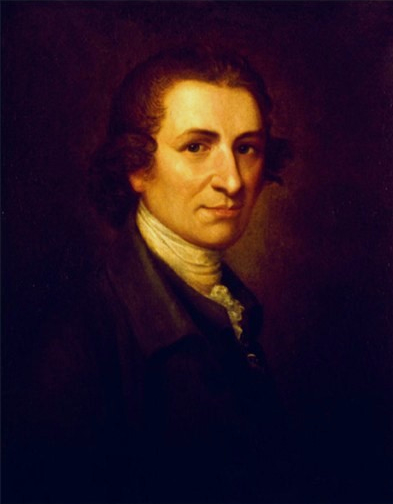


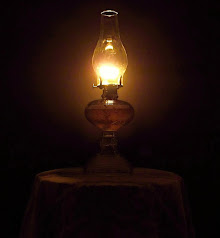



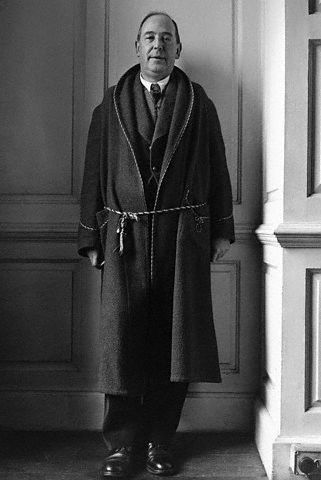



No comments:
Post a Comment